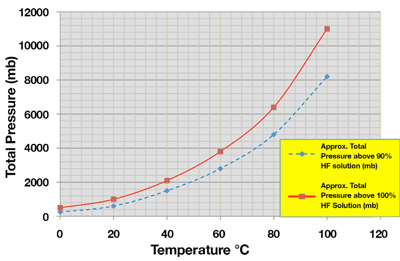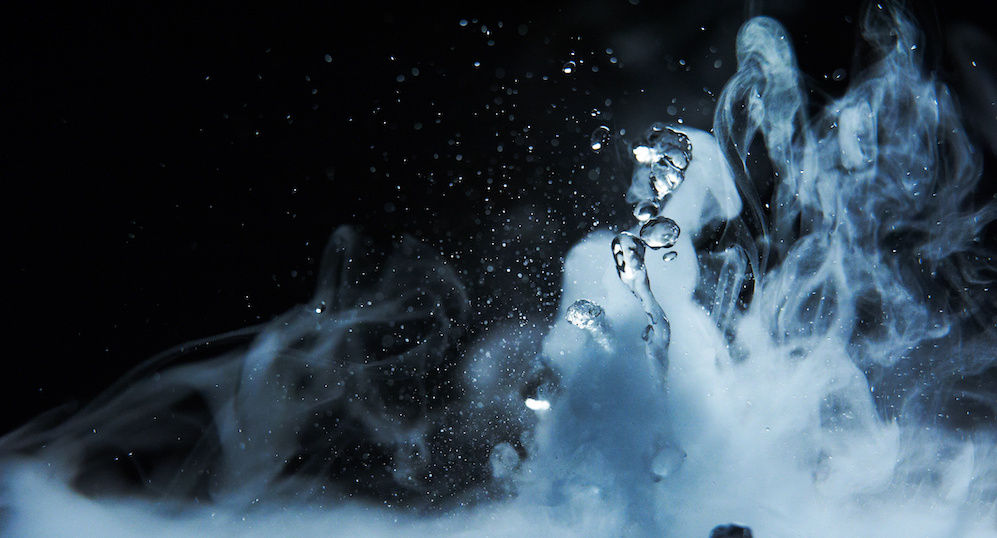Chilled Mirror Hygrometry, a Technology for Process and Lab - Part 5
Part 5: Applications of Chilled Mirror Hygrometers
There are two types of applications in which chilled mirror hygrometers are useful. In the first, the carrier gas or vapor and the water vapor are immiscible in the liquid or solid phase. When the boiling and melting points of the carrier gas or vapor are lower than the dew/frost point of water, the measurement is straight forward. Such is the case in many pharmaceutical applications, fuel cells, metal treatment, industrial drying, meteorology, food processing, and petroleum chemistry.When the dew/frost point of the carrier gas is higher than the water vapor dew/frost point, the sample must be expanded to 1 atmosphere of pressure, at which point an inversion of the dew/frost points occur. Examples of this include sulfur hexafluoride in switch gear and circuit breaker applications. The presence of excessive amounts of water vapor in sulfur hexafluoride leads to the formation of hydrofluoric and sulfurous acids, which cause dielectric breakdown and corrosion of metal components.
The second type of application of chilled mirror hygrometry has to do with systems in which water and the carrier gas are miscible or somewhat soluble. Here the thermodynamic dew point of pure water vapor is not measured. Rather, the total vapor pressure of the soluble or miscible system is measured. That in turn can be highly repeatable, and therefore provides useful measurement and control information to the process engineer.
Figure 3. Total approximate pressure above aqueous solution of HF; the graph indicates that the addition of water to anhydrous HF lowers the total pressure i.e. partial pressures of HF, and water vapor above aqueous solutions of HF thus lowering the dew point of the system. In the 90% to 100% HF solution range, alterations in dew point are well within the precision and ac¬curacy of a corrosion resistant chilled mirror system. The data is from Solvay.
Examples of this are the processing of anhydrous and hydrous hydrogen fluoride and hydrogen chloride, essential chemical agents in much modern technology. Small amounts of water vapor in hydrogen fluoride can also cause extreme corrosion in industrial processes like semiconductor fabrication, petrochemical, glass etching, and polymer and chemical synthesis. A typical commercial specification for anhydrous hydrogen fluoride is 30 to 100 parts per million by volume. Figure 3 indicates that below 100% of the weight of hydrogen fluoride, small additions of water can be detected by lowering the total partial pressure of the system.




